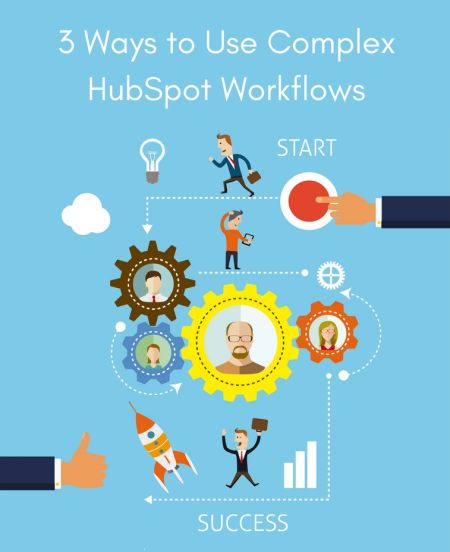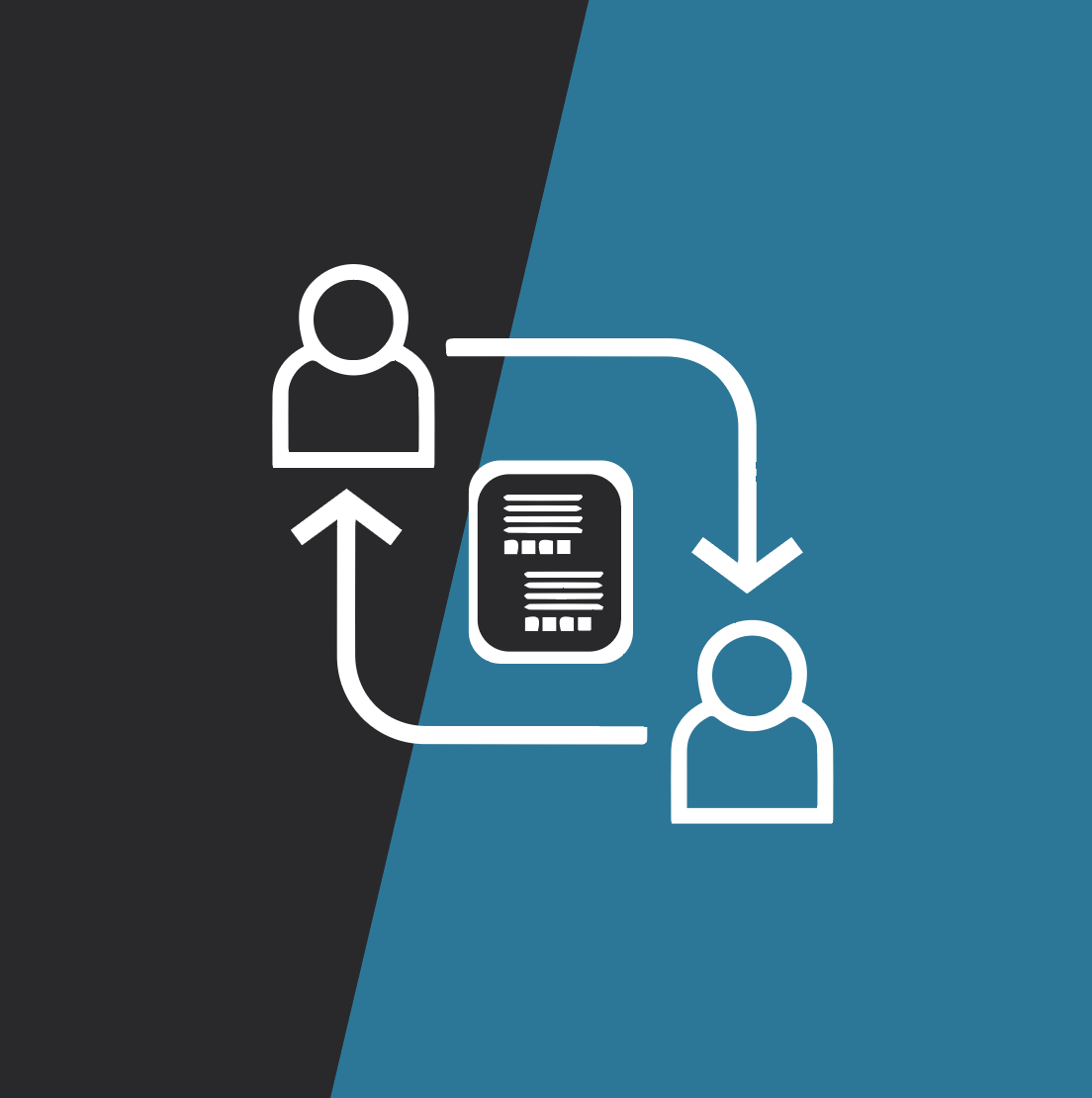3 Ways to Get Value From Complex HubSpot Workflows
Katelyn Ahern Digital Project Manager#Digital Marketing, #Inbound Marketing, #HubSpot

We look at three ways to use workflows to automate complex aspects of your inbound marketing campaigns, bringing more value to you and your customers.

Crafting an inbound marketing strategy can be an incredibly complex endeavor, and there are many times when certain projects, such as creating a blogging content calendar for the whole year, defining personalization scenarios on your website, or creating a personalized lead nurturing workflow, can seem extremely daunting. However, the overwhelming feeling that comes with an extensive amount of work means that you are probably on the edge of creating a project that will be very impactful for you and your contacts.
Spending time and energy on the front end of a project can pay you back tenfold once the project has launched. When I’m feeling overwhelmed, I try to think long and hard about the benefits that our contacts or website visitors will gain from all this effort. That’s what gets me through the planning and execution of a project, and hopefully it will inspire you to not shy away from these projects as well.
Luckily, HubSpot allows us to create workflows to automate tasks and make the execution of these projects flow more smoothly. We’ve previously looked at what you should consider before creating a marketing workflow, as well as some tips to make your workflows successful, but something we haven’t discussed is the benefits of creating complex workflows. Here are a few examples of how creating complex workflows can bring great value to your organization and, more importantly, to your contacts as well:
1. Persona Targeting
When you are building a workflow for a new content offer, I urge you to spend the extra time to ensure the workflow provides follow-up content that is based on the contacts needs. This can mean separating your follow-up messaging based on personas or groups and their specific needs or questions. It can also mean changing your follow-up offers or content based on those groups.
A great way to do this is by building several branches to your workflow to cater to each of these groups. I also urge you to use personalization features for all of these contacts within your automated emails; this can include basic information like a contact’s first name, or more complicated, targeted messaging, like mentioning a team member at your company that they are familiar with or have worked with before. Use this opportunity to cater your messaging to your contacts’ needs on all the levels that you can (without getting creepy by being overly specific).
Instead of simply building a database of information that sits stale in your CRM, use that data to better serve your audience and build specifications into your automation from the beginning. Doing the extra work to build several branches into your workflow will ensure that you’re providing each of these groups with the best and most useful information. Engaging these contacts in this manner can pay off in the long run by demonstrating your desire to meet their needs and not just your own.
2. Event Based Workflows
When you’re planning a workflow around an event (such as a conference or webinar), you’ll want to create pre-show, during show, and post show messaging for your contacts several weeks before the event even comes up on your calendar. Although this content might change before the event starts (which is fine; you can edit your emails in HubSpot up to the last minute), having all the messaging in place ahead of time can be extremely beneficial, since you know you are going to send certain emails to your contacts throughout this time frame anyway.
Having a workflow in place ahead of time can also allow your team to focus on face-to-face conversations while they are at the show, prepare all their travel plans before the show, and rest after the show before jumping back into their regular routine. This helps the whole team to be more "in the moment" during the show, and it also ensures that your contacts and any new people engaging with you throughout the show digitally will get the updates from your company that they expect and need.
This is a great example of how putting in the extra work on the front end can reap rewards for you and your contacts in the long term. Pro tip: personalize your show content for three groups of contacts: new contacts that are engaging with you digitally because of the show, current customers attending the show, and current leads attending the show. While each of these groups may have similar needs during the show, they can all benefit from different tips and content from your team that relates specifically to them. Get creative!
3. Automating Admin Tasks
When you are building workflows in HubSpot, you have the ability to update fields in contact or company records, assign tasks to your team members, and much more. If you know your sales marketing process, use this time when you are building the workflows to include those tasks that your team will have to do anyway.
For example, when a lead reaches a certain lifecycle stage because of their actions on your website, you might require your sales team to review their account and reach out to them to answer any questions. You can build this functionality into your workflow by assigning a task to the contact’s owner to follow up with them when their lifecycle stage changes. This is just one example of the many ways that you can use your marketing automation platform to alert your team and create efficiencies in your process to better serve your contacts consistently over time. This can create some extra work, especially since you’ll need to map out your process very precisely, but it can save lots of time and energy in the long term.
As you can see, utilizing the tools that HubSpot provides can add a great deal of value to your marketing efforts. I hope that these examples of complex workflows spurred some ideas of your own. The WSOL marketing team is always looking for a challenge when it comes to HubSpot workflows, so if you have any specific questions about building complex functionality into your workflows to help improve your team’s marketing efforts or provide more value to your contacts, please let us know. We’re happy to help you make that happen!
Image Credit: Created using vector designed by Freepik
Related Posts

3 Pro Tips to Make Your HubSpot Workflows Successful
HubSpot's workflows are a powerful tool for connecting with your customers. We share 3 pro tips for getting the most out of your workflows.

7-Step Guide to Effective Social Media Ads
We share how to plan a successful paid social media campaign in 7 easy steps.
Results Matter.
We design creative digital solutions that grow your business, strengthen your brand and engage your audience. Our team blends creativity with insights, analytics and technology to deliver beauty, function, accessibility and most of all, ROI. Do you have a project you want to discuss?
Like what you read?
Subscribe to our blog "Diagram Views" for the latest trends in web design, inbound marketing and mobile strategy.
